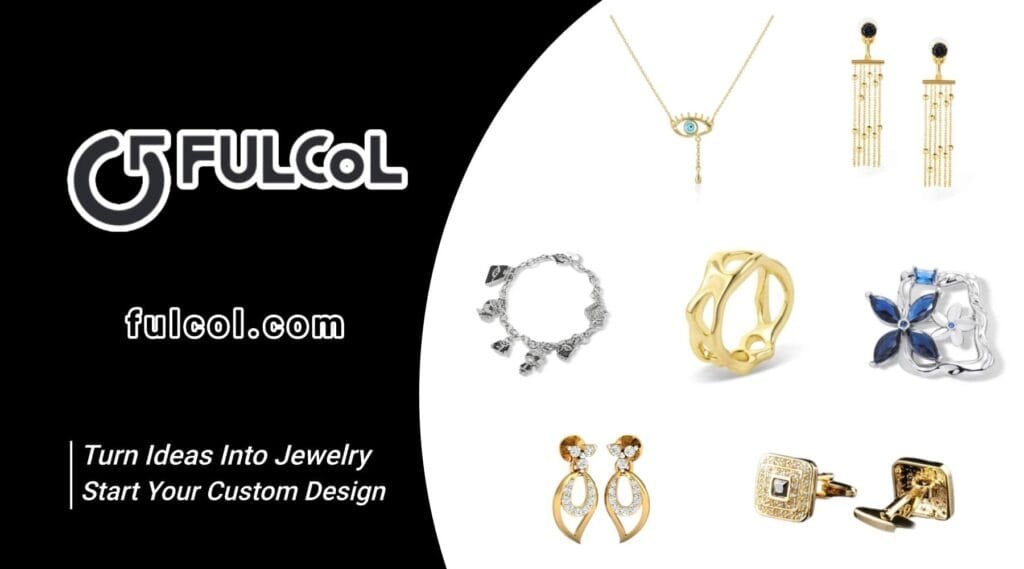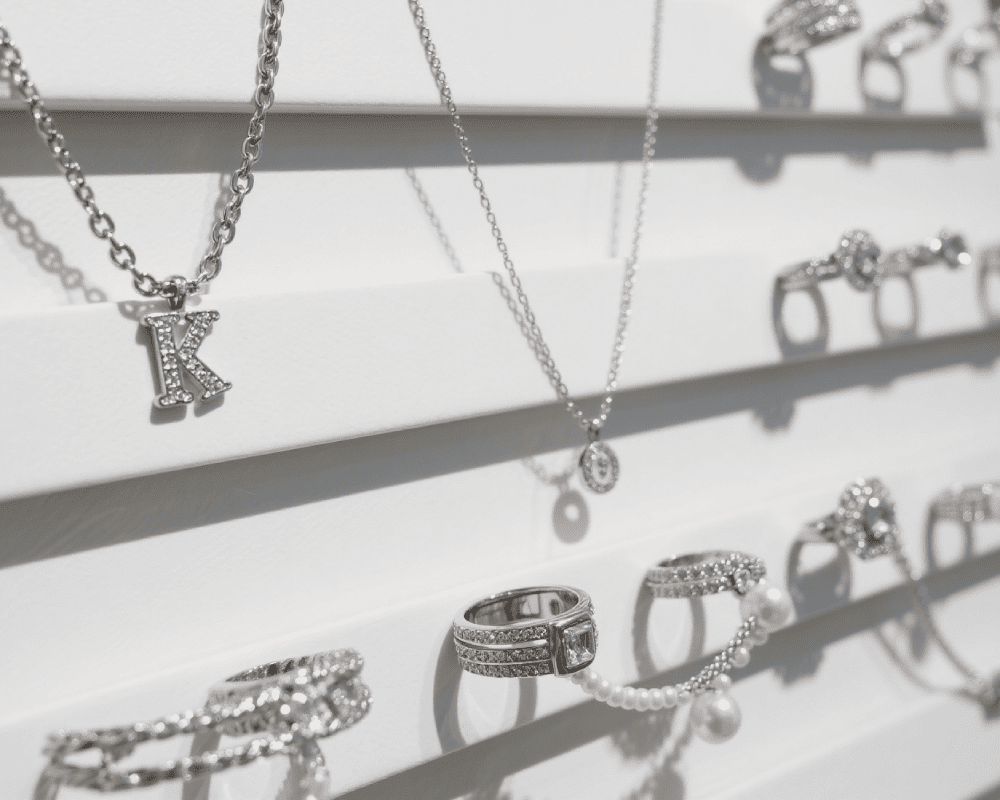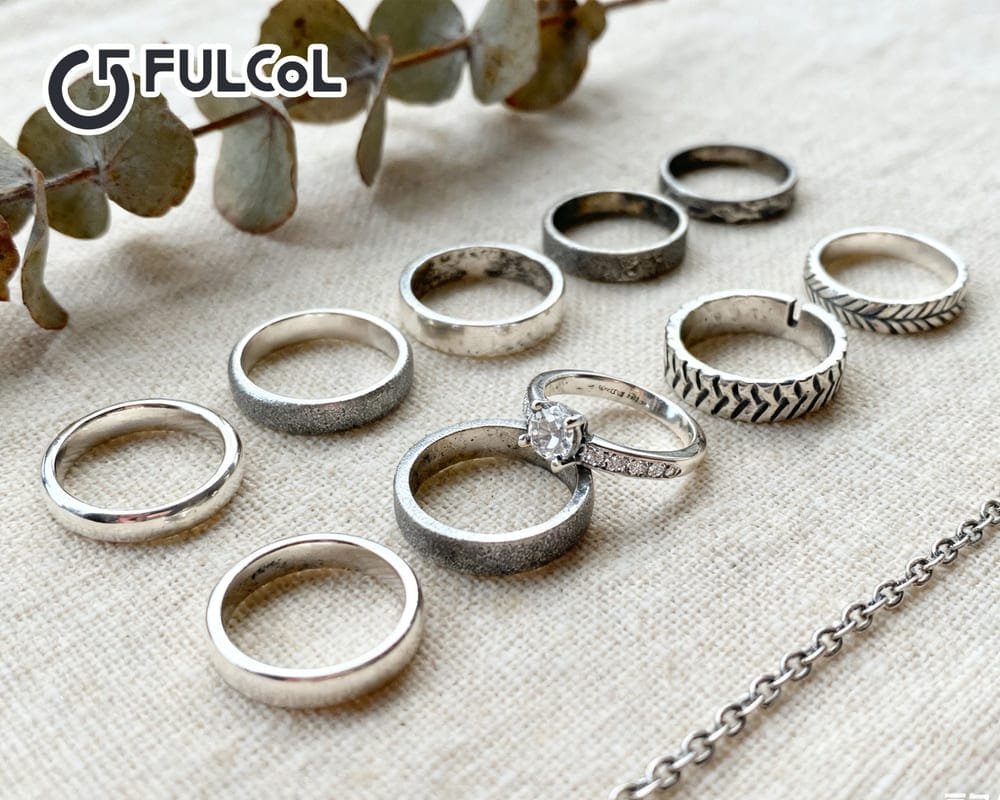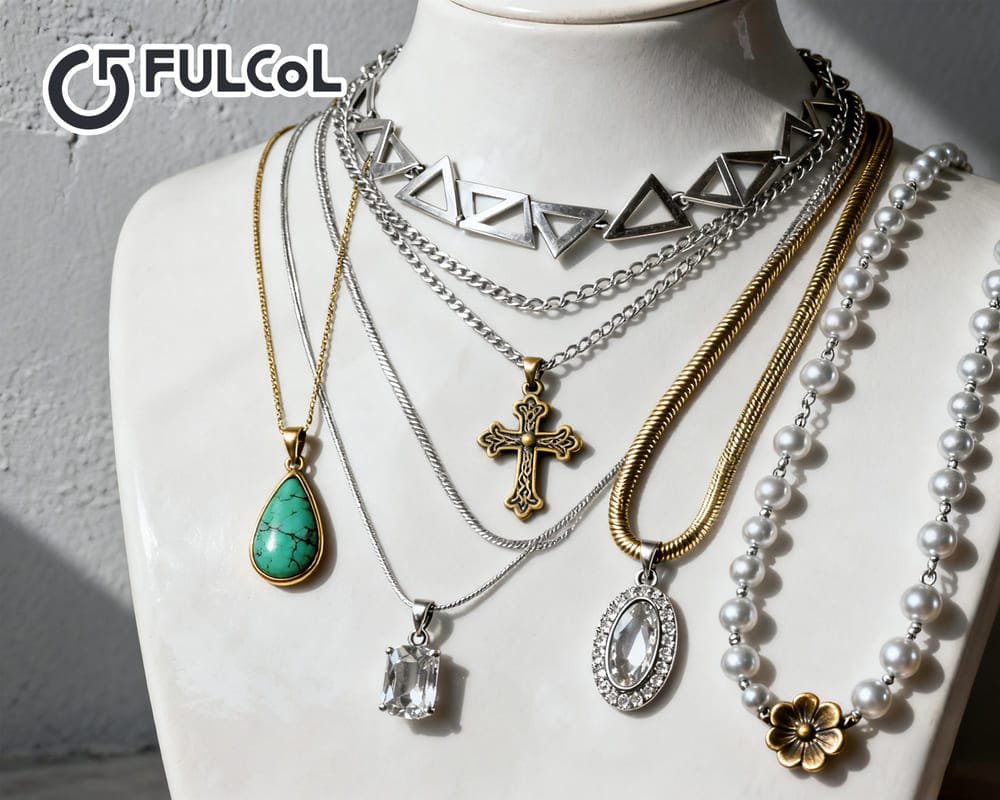Customized jewelry, a concept that can be traced back to the time when the royal family customized unique jewelry to show their noble status, has now become a way for ordinary consumers to express their personality and emotions. In the modern jewelry market, more and more people are pursuing unique jewelry – a customized ring, an emotional necklace, a pair of earrings designed to commemorate a special day. This demand has prompted ODM jewelry manufacturers to continuously upgrade their design and production processes to meet the dual requirements of personalization and exquisite craftsmanship.
In the traditional customization process, designers usually communicate their ideas through sketches and 2D drawings. However, this method has many limitations. For example, it is difficult for customers to fully understand the spatial effect of the jewelry in the flat drawings, and designers need to spend a lot of time to correct the customer’s “unable to accurately express” modification opinions. For this reason, 3D modeling technology came into being in the field of jewelry customization and quickly became an industry standard. 3D modeling not only improves design efficiency and production accuracy, but also greatly enhances customer participation and satisfaction, opening a new era of digitalization for jewelry customization.
Table of contents
- The changing role of 3D modeling in jewelry customization: the evolution from sketches to digital models
- Fulcol: How to use 3D modeling to achieve efficient and personalized production
- Five major advantages of 3D modeling for jewelry manufacturers
- The process of creating ideal jewelry: Analysis of the basic workflow of 3D modeling
- Recommended 3D jewelry modeling tools and software: Which one is right for you?
- Benefits of consumer participation in 3D modeling: Dual improvement of visualization and satisfaction
The changing role of 3D modeling in jewelry customization: the evolution from sketches to digital models
In the past few decades, jewelry design has evolved from the initial hand-drawn sketches to computer drawings and then to today’s 3D modeling, which can be said to have undergone earth-shaking changes. Although traditional hand-drawn designs carry artistic beauty, they are highly subjective and have communication barriers. Design drawings often only show a certain angle of the jewelry, and it is difficult for customers to understand the three-dimensional form, size ratio and detailed craftsmanship of the jewelry when it is actually worn.
In contrast, 3D modeling can fully present the three-dimensional structure of the jewelry. Whether it is from the front view, side view, top view, or detailed previews such as rotation, zooming in and out, customers can participate in design decisions in real time. This visual advantage not only greatly shortens the communication cycle, but also significantly improves customer satisfaction.
More importantly, 3D modeling has brought quantifiable improvements to the manufacturing process. In the past, jewelry manufacturing often led to rework and proofing failures due to design misunderstandings, wasting manpower and materials. Through sophisticated digital modeling, the manufacturing process can be strictly controlled within the micron error range, greatly improving the success rate and consistency of jewelry production.
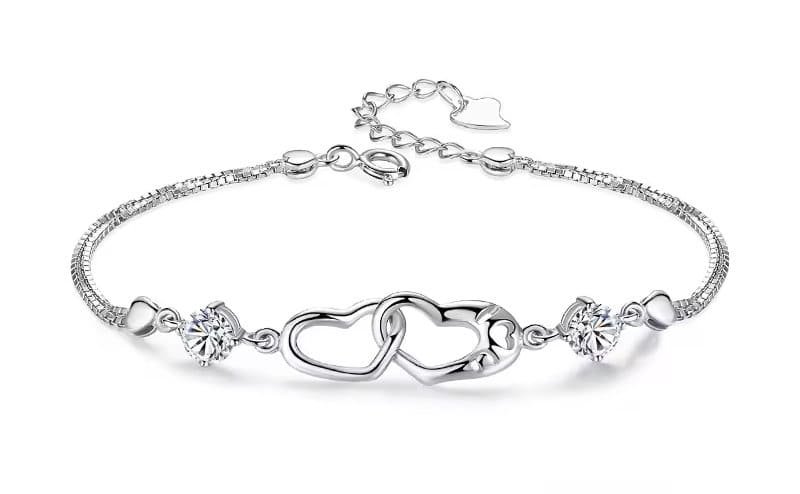
Fulcol: How to use 3D modeling to achieve efficient and personalized production
As a professional jewelry manufacturer, Fulcol is well aware that “precision + efficiency + beauty” are indispensable in the field of customization. Fulcol has fully introduced a 3D modeling system and equipped with a full-time design modeling team. On average, each modeler produces more than 850 models per year.
The specific advantages are reflected in:
Shortened cycle: The time from customer order to delivery is greatly shortened.
Proofing accuracy: The first sample success rate exceeds 95%.
Transnational cooperation: Through online modeling preview, remote customization cooperation with more than 200 customers in Europe and the United States has been successfully achieved.
Increased production flexibility: Up to 100 personalized design orders can be processed within a week.
In addition, Fulcol also provides 3D modeling customization templates and private modeling matching services for major customers to ensure the design consistency and exclusivity of high-value orders.
Five major advantages of 3D modeling for jewelry manufacturers
Design visualization, reduce misunderstandings
Customers can intuitively understand the true appearance of jewelry through 3D models, including details such as proportions, inlay positions, and textures. Compared with flat sketches, 3D models provide an immersive visual experience and reduce communication errors.
Production accuracy is greatly improved
The STL files generated by 3D modeling can be directly used for 3D printing wax models to achieve high-precision replication. In high-end customization, the modeling error is usually controlled within 0.01mm to ensure that each finished product meets the preset standards.
Reduce proofing costs and trial and error costs
Through 3D rendering and virtual display, customers can confirm the design intent without multiple proofing, saving material, labor and time costs. According to Fulcol’s actual experience, 3D modeling reduces the number of proofing times from an average of 3 times to 1.2 times.
More flexible personalized customization
Whether it is complex pattern structures, special-shaped inlays, or multi-material combinations, 3D modeling can respond flexibly and support multiple versions of output for customers to choose from, greatly enriching the customization possibilities.
Improve team collaboration and customer trust
Designers, engineers, and marketers can understand product solutions synchronously by sharing 3D models. Customers can also participate in modification opinions through AR or virtual displays to enhance trust.
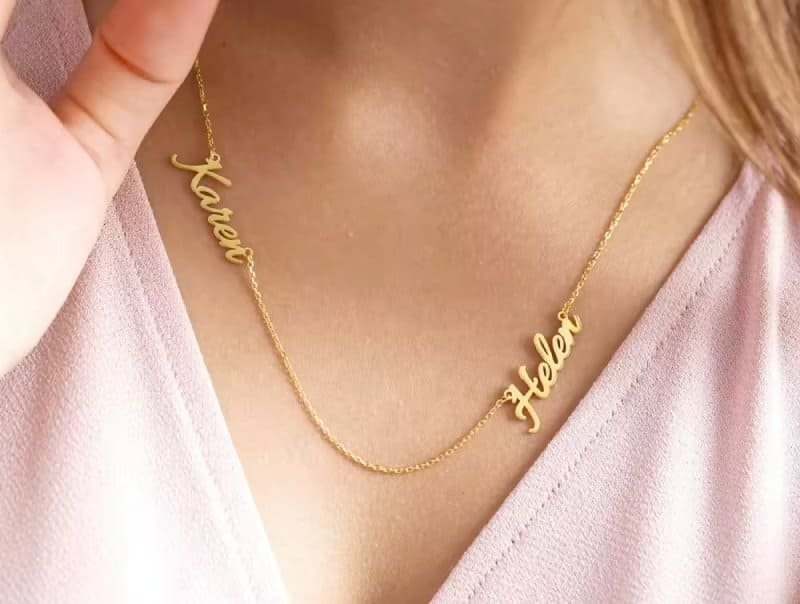
The process of creating ideal jewelry: Analysis of the basic workflow of 3D modeling
A complete 3D modeling custom jewelry process usually includes the following steps:
Demand communication and preliminary sketch
The customer expresses the design intention, the designer draws the preliminary draft (can be hand-drawn or digital sketch) and discusses key elements such as materials, gemstones, and inlay methods.
CAD modeling and structural analysis
Use software such as Rhino and MatrixGold to complete the modeling, confirm the rationality of the structure and the safety of gemstone inlay, and export STL files.
Rendering and visual communication
Generate high-definition stereograms through rendering tools such as KeyShot for customers to review visual effects such as color, gloss, and proportion.
3D printing wax model and physical preview
Use high-precision resin 3D printers to make wax models. Customers can preview the physical model, further confirm the details and make fine adjustments.
Metal casting and post-processing
Wax models are used for lost wax casting. After obtaining the metal blank, grinding, electroplating, inlaying, polishing and other processes are carried out to complete the finished product.
The entire process is closely linked, and 3D modeling runs through it all the way, which is the key bridge connecting design and manufacturing.
Recommended 3D jewelry modeling tools and software: Which one is right for you?
For jewelry manufacturers of different sizes and technical backgrounds, choosing the right 3D modeling tool is particularly important. The following are several commonly used software in the industry and their applicable scenarios:
Rhino + MatrixGold: Standard for high-end jewelry factories
Rhino is good at free-form surface modeling, while MatrixGold is designed for jewelry design and optimization parameter modules.
Suitable for factories that require a lot of customization and complex structures.
Standard tool combination of Fulcol’s internal modeling department.
ZBrush: Fine carving tool
Emphasizing carving and detail expression, suitable for relief and complex texture works.
Usually used in conjunction with Rhino, carving first and then importing modeling.
JewelCAD: Common tool in Southeast Asian factories
Easy to operate, quick to get started, suitable for beginners and small workshops.
Supports direct generation of wax files, fast process.
Blender: Open source and free, suitable for creative designers
Powerful but steep learning curve.
Suitable for independent designers or start-up brands with limited budgets but rich creativity.
When choosing software, you should also consider technical details such as whether it supports 3D printer compatibility, whether it supports multiple languages, and the quality of rendering effects.
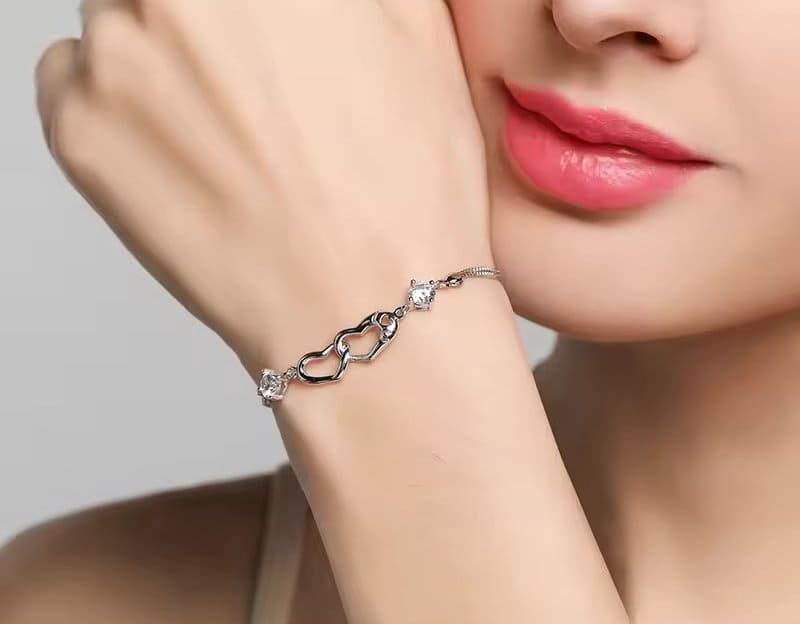
Benefits of consumer participation in 3D modeling: Dual improvement of visualization and satisfaction
From the perspective of consumers, the biggest benefit of 3D modeling is a sense of participation and certainty. In the past, customers could only judge whether the design met their expectations based on their imagination, but now they can preview it in advance through visual models.
For example:
After the modeling is completed, customers who customize wedding rings can rotate the model 360° to see whether the diamond inlay ratio and the width of the ring are coordinated.
International customers can participate in design communication remotely and make modification suggestions without having to visit the factory in person.
Fulcol data shows that after the introduction of the 3D modeling system, the customer satisfaction rate increased from 86% to 97%.
In addition, some advanced systems also support AR try-on, and customers can “wear” virtual jewelry through the mobile phone camera to more intuitively judge the wearing effect. This experiential interaction greatly enhances customers’ purchasing confidence and improves brand stickiness.
| Start Your Custom Order | Email: info@fulcol.com | Number: +86 13055603907 |
In an era of pursuing efficiency and individuality, 3D modeling technology is no longer an “optional option”, but an indispensable infrastructure in jewelry customization manufacturing. From design accuracy and customer satisfaction to proofing efficiency and brand image, 3D modeling is subtly reshaping the entire custom jewelry industry ecosystem.
For custom jewelry design manufacturers like Fulcol that focus on personalization and professional services, 3D modeling is not only a technological innovation, but also a key tool for service upgrades. In the future, with the further popularization of AI-assisted modeling, virtual try-on, and online collaboration systems, custom jewelry will truly enter a new era of “intelligence”.
Choosing 3D modeling means choosing a more efficient, more accurate, and more creative custom jewelry world.
